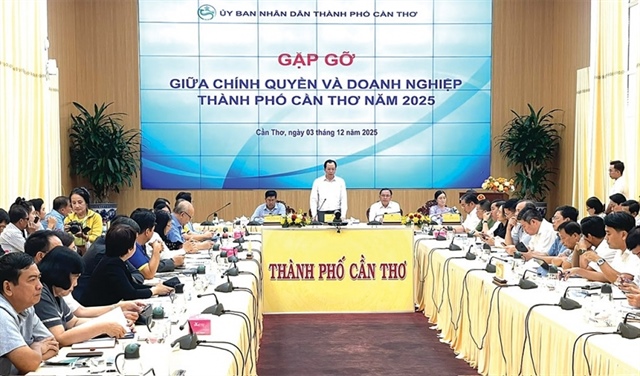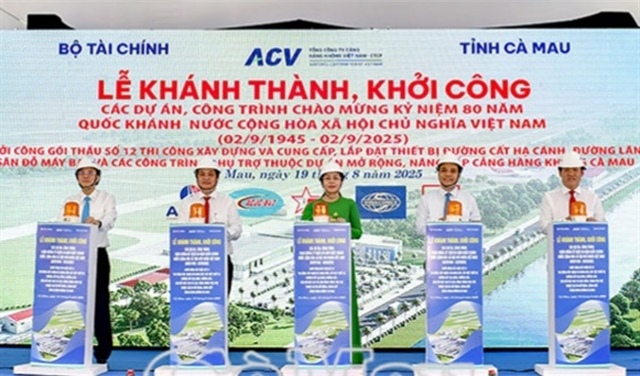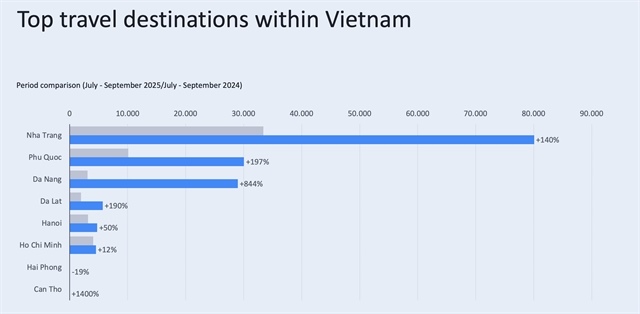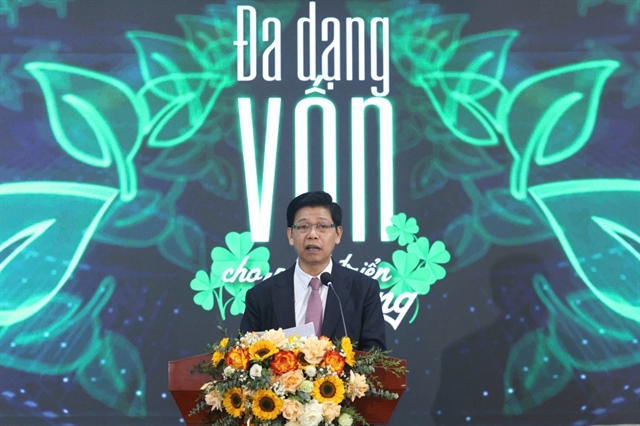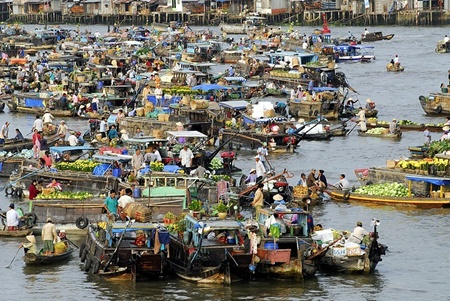Investors sow the seeds for carbon credits
Investors sow the seeds for carbon credits
Vietnam may yet prove to be perfectly placed to help satisfy the world’s growing demand for green development.
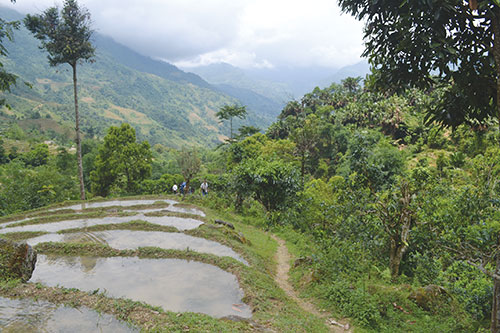
In June 2013, Japanese giant Honda started work on an over $800,000 carbon-absorbing forest, or carbon sink, project. The project will run through 2018 and spans 490 hectares with planting to proceed in annual phases through 2016. The company should start receiving carbon credits around 2020.
The project follows a similar framework to that of Honda’s 309ha forest in the northern province of Hoa Binh, running since 2008. It is expected to absorb 41,000 tonnes of CO2 each year.
Australian Voluntary Credits Company also wants to have similar plans in mind for Vietnam, and will bring its extensive experience in Indonesia and Papua New Guinea to bear.
Investors will build the forest as a gateway to receiving carbon credits known as certified emission reductions (CERs) against their CO2 emissions worldwide. The credits are granted by the International Executive Board on Clean Development. The company may use the credits, but the credits are often a transacted commodity between businesses.
They are also a form of corporate social responsibility (CSR). For example in Australia, companies not obligated to reduce their emissions still buy credits, as a move toward future business.
Germany’s ForestFinance Group - specialising in forestry carbon solutions - is already working with a local company to build a 50 year/ 1,500ha sink, with the capacity to absorb 400,000 tonnes of CO2 in the Central Highlands’ Kon Tum province. After 50 years, ForestFinance will stop selling CERs from this project, which will be then transferred to the local company.
Projects, such as these, fall under the Kyoto Protocol’s Clean Development Mechanism (CDM) where businesses in countries that limit or are working to reduce emissions can implement emission-reducing projects outside their home country. Carbon credits produced by these projects follow the standard one credit/one tonne of CO2 exchange.
According to the Ministry of Agriculture and Rural Development, Vietnam’s fertile forest land can help reduce green house gas emissions and climate change. It noted that Vietnam’s forest ecology was particularly good at absorbing CO2. The country’s forest land totals 13.1 million ha, most of it are natural but with about 2.8 million ha of reforestation.
Vietnam is beginning to make a name for itself in the carbon credit market. While it is very new to the country, several local and foreign enterprises already have plans in the works.
While forests are a popular method of earning credits, other projects in renewable energy, waste management, and agriculture are also underway.
Hanoi, back in 2009, built a gas-to-energy system at Nam Son waste treatment complex, earning carbon credits and invested in by a Malaysian-Canadian joint venture.
The $7.5 million project, which uses discharged gas and converts it to electricity will run through 2016 and is expected to reduce emissions by 2.3 million tonnes. Hanoi Municipal People’s Committee receives 10 per cent of the total revenues from the project’s carbon credit trade.
Vietnam does not yet fall under obligations of the Kyoto Protocol and therefore, companies that save on energy and reduce emissions can earn carbon credits. This may be a boon to local businesses that invest in the technology and sell their earned credits to foreign companies burdened by emissions limits.
According to the Ministry of Natural Resources and the Environment’s Agency for Meteorology, Hydrology, and Climate Change (AMHCC), Vietnam has several carbon credit projects in play, including gas-to-energy, afforestation and reforestation, wind power, and hydroelectricity.
Between 2004, the birth of the carbon credit era, and 2012, Vietnam has approved 135 carbon credit project frameworks and two action programmes. 37 projects have already been registered as accredited and 4.5 million credits have already been granted to two projects.
PetroVietnam Finance Joint Stock Corporation launched a gas-to-energy project exploiting the offshore Rang Dong oil field in 2008 which has already earned more than 4.4 million credits, the vast majority, while the other is a locally-owned small-scale hydroelectric project, responsible for the remainder.
The Rang Dong project uses gas released from the oil field to produce power and liquefied gas, and was calculated to help Vietnam reduce nearly seven million tonnes of CO2 by 2011. The project kicked off in 2001 and its returns amounted to nearly $200 million.
AMHCC deputy director general Nguyen Khac Hieu stressed that Vietnam ranked 11th in the world in terms of registered carbon credit projects, and 8th in total carbon credits. He put it simply, “Carbon credits have great potential in Vietnam.”
Companies from all over the world, particularly western Europe, have come to Vietnam in search of projects and opportunities, he added.
According to the Vietnam Energy and Environment Consultancy Joint Stock Company, Vietnam annually earns around $24 million from trading in carbon credits, and prices fluctuated, with $18 in 2008 quickly rising to $31 in 2010.
vir


